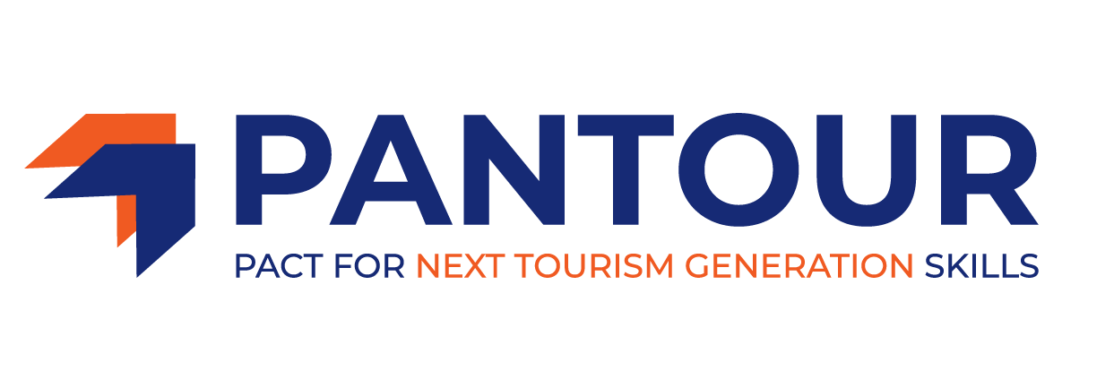Mitigate and adapt. Tourism and Climate Change
Knowledge of climate change, commitment to resource and environmental protection and appropriate measures to minimize negative impacts are important key skills for the Next Tourism Generation. The transfer of knowledge to the grassroots of the industry must therefore be an important goal.
Over the last 20 years, there have been numerous studies, guides and reports on climate change and on the role of tourism. The topic is not new. Now, however, the discussion is increasingly taking place at – a fundamental level.
Back in 2013, the European Commission published the EU Guidelines for the Development of Adaptation Strategies as part of the EU Climate Change Adaptation Strategy with the aim of supporting EU Member States in developing, implementing and reviewing their adaptation strategies. The aim is to support policy makers and coordinators at national, sub-national and transnational levels in the development, implementation, monitoring and evaluation of adaptation strategies and plans, in addition to a common understanding of key features.
In the meantime, EU Member States have of course evolved. Since May 2020, for example, all countries have a national adaptation strategy, many have an action plan and some countries have already gone through a full adaptation process. For example, in Germany it is a guideline published by the Federal Environment Agency.
Important steps in the adaptation process are:
- Preparing the ground for Adaptation
- Assessing climate change risks and vulnerabilities
- Identifying Adaptation options
- Assessing Adaptation options
- Implementing Adaptation
- Monitoring and Evaluation Adaptation
Developed within the framework of the guidelines was the Adaptation Support Tool (AST). Based – on the above-mentioned contents it has been continuously improved and expanded in response to new scientific findings and experiences from the EU member states. The focus is now more on the further development, improvement and updating of national adaptation strategies, as well as on implementation and monitoring. Cross-sectoral and multi-level governance issues are given more importance in order to better manage implementation at regional and local levels.
Relevant for the tourism industry
Climate change is a particular challenge for tourism: as a sector of the economy, the industry is, on the one hand, a contributor to CO2 emissions, and on the other hand, those types of holidays that are closely linked to the weather, nature or landscape suffer the most from – their effects.
The entire customer journey must be considered, hospitality as well as the mobility on site, leisure activities and consumption, – and the electricity and energy consumption in accommodation facilities.
Even if climate change and extreme weather events have so far only been partially reflected in demand, social change is putting the issue of sustainability at the top of the agenda. Changing travel and consumption patterns, greater sensitivity on the part of guests when choosing their holiday destination, up to and including restrictions (e.g. driving bans for combustion engines) and other indirect consequences are already emerging.
Added to this are the changes brought about by COVID-19. In the long term, this has the effect of increasing the understanding -of action needed in tourism. The importance of minimizing the risks and negative consequences of climate change and, conversely, use climate change for new tourism concepts is becoming increasingly apparent.
Adaptation process has arrived in tourism industry
Is there a change? A currently published guide in Germany, building on earlier reports by the EU, UNWTO, UNEP, could point to this fact. Starting from the destination level it provides an overview of information and possible regional impacts and prepares concrete steps for the start of the adaptation process for tourism destinations and stakeholders in a practical way. The DMO as coordinator and carrier of the measures is the center, which – combines, implements and measures activities directly. Accordingly, the DMO initiates the process and provides an orientation framework. In doing so, it acts in close cooperation with other actors in destination development, such as tourism service providers and suppliers, but also actors and organizations from related sectors, e.g. agriculture and forestry, nature and landscape conservation, cultural preservation or retail. At this cooperative level, the DMO can initiate measures and actively participate in projects or committees.
Awareness has reached – regional and local levels. This offers potential and the chance for something to change in and through tourism. What is also new is that these are practical handouts for regional scenarios based on scientific reports. They address the destination managers and suppliers directly and aid as well as providing catalogues of measures.




No Comments